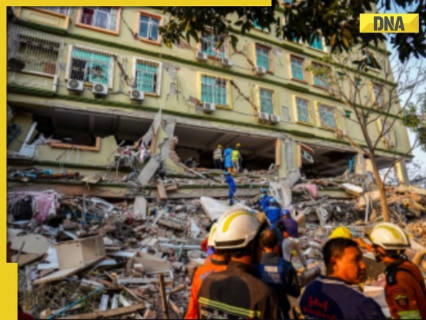Now Reading: Myanmar Earthquake Claims Over 2,000 Lives Amid Growing Humanitarian Crisis
-
01
Myanmar Earthquake Claims Over 2,000 Lives Amid Growing Humanitarian Crisis
Myanmar Earthquake Claims Over 2,000 Lives Amid Growing Humanitarian Crisis

Rapid Summary
- The death toll from the 7.7 magnitude earthquake in myanmar has surpassed 2,000, with over 3,900 injuries and around 270 people reported missing.
- epicentre was near Mandalay; extensive damage includes collapsed buildings, buckled roads, airport damage, and power outages.
- Notable casualties include:
– ~200 Buddhist monks crushed under a collapsing monastery.
– ~50 children killed when a preschool classroom crumbled.
– ~700 Muslims fatally struck while praying during Ramadan; at least 60 mosques were damaged or destroyed.
- Relief efforts hindered by fuel shortages, lack of machinery for rescue operations, dialog interruptions, and a civil war that has displaced over three million people.
- UN reports over 10,000 buildings collapsed or severely damaged in central/northwest Myanmar; hospitals are also affected (3 destroyed; 22 partially damaged).
- Aid organisations highlight the urgent need for trauma care resources and unrestricted access to affected areas. Pre-existing humanitarian needs complicate relief efforts further.
Indian Opinion Analysis
The catastrophic earthquake adds severe strain to an already fragile humanitarian infrastructure in Myanmar caused by ongoing civil conflict. India’s proximity to myanmar positions it as both geographically vulnerable to spillover effects-from refugee migration to resource challenges-and strategically notable as a potential partner for disaster relief coordination. Despite political complexities surrounding India’s relations with Myanmar’s military leadership post-coup in recent years, emphasizing neutral humanitarian intervention could foster goodwill without exacerbating geopolitical tensions. As relief channels continue facing barriers due to infrastructure harm and civil unrest in affected regions of myanmar-India may examine avenues such as aid distribution through multilateral frameworks like ASEAN or United Nations initiatives while considering long-term regional stability strategies following disasters like these.

























